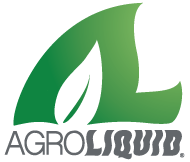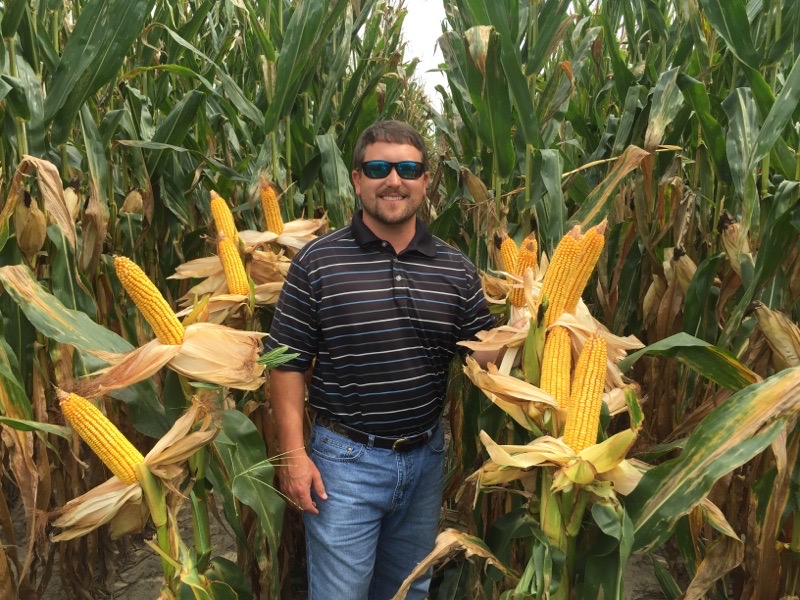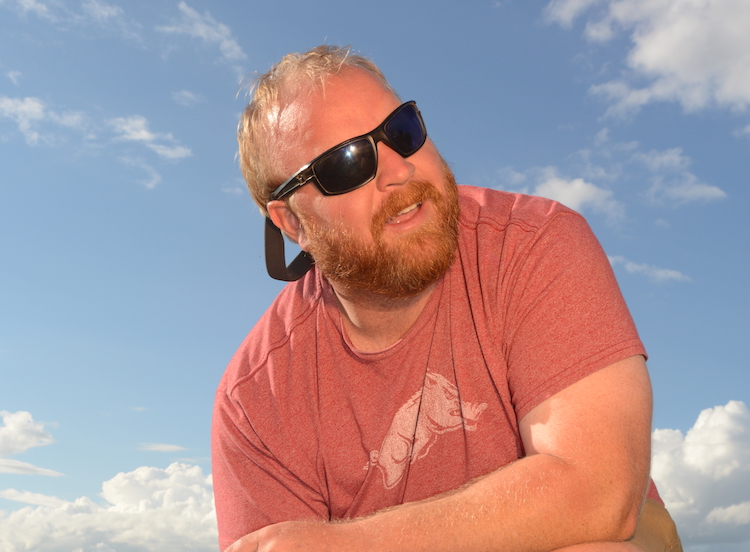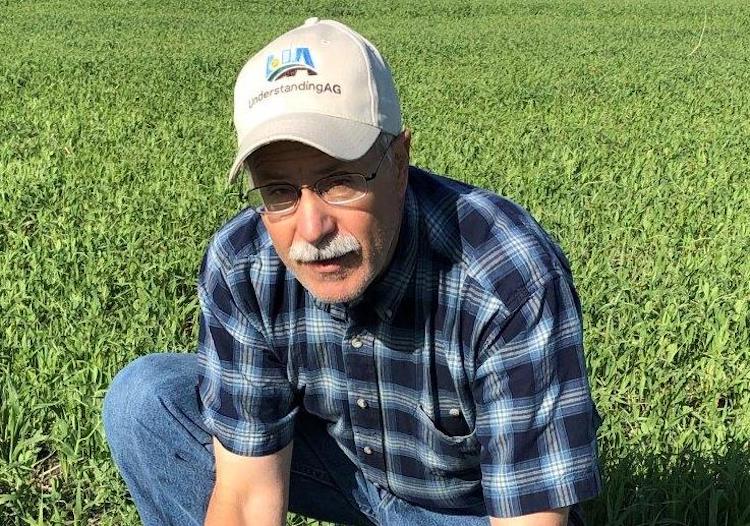
Brookfield, Wis. — Three growers have been honored for their efficient and effective use of applied fertilizer in their no-till systems. Named as the 14th class of Responsible Nutrient Management Practitioners, the no-tillers were honored before a live audience at the 30th annual National No-Tillage Conference in Louisville, Ky.
At the conference, Brooks Garland, Lee, Fla.; Adam Chappell, Cotton Plant, Ark.; and Paul Overby, Wolford, N.D., each shared the practices they utilize on their farms in an effort to use only necessary amounts of applied fertilizer and ensure it’s used by crops rather than lost to the environment.
Last year, all nominees for the 14th annual program answered a survey about their farming operations through an online application. Their responses were graded by a panel of fertilizer experts.
The three farmers with the highest scores were awarded the honor, along with complimentary conference registration from No-Till Farmer. AgroLiquid and No-Till Farmer are co-sponsors of the Responsible Nutrient Management Practitioners Program.
Following are snapshots of fertilizer application practices utilized by these no-tillers:

Brooks Garland
- Brooks Garlandsays since installing around 37 soil moisture probes with electrical conductivity (EC) sensors, he has a more precise look at what’s happening in his super sandy soils. The knowledge has resulted in 250,000 pounds less nitrogen (N) and more than 200 million gallons less water applied per year to the 11,000 acres he farms. The EC sensors help pick up the salts in potassium (K) and N, helping confirm if they’re staying in the root zone, too. Managing moisture along with placement and timing of nutrient application has resulted in a 30% decrease in applied N in corn, which makes up half of Garland’s acres each year. The rest are in peanuts with carrots planned in the following year. Nutrients are applied six times per growing season, starting with chicken litter in the fall. He used to apply three tons of raw litter per acre but now applies 1,000 pounds per acre of dried litter with the same benefits. Next is starter fertilizer followed by two passes with a toolbar equipped with 360 Y-Drops to stream nutrients on the soil right next to the plant. The final two applications are either sidedressed dry fertilizer or fertigation.
- Adam Chappell says soils teeming with microbial activity have turned his fertility program on its head. He and his brother, Seth, haven’t applied any synthetic phosphorus (P) or potassium (K) beyond what’s in their starter on their 7,800-acre Cotton Plant, Ark., farm, since 2016. They’ve also reduced nitrogen (N) rates by 25-50% compared to university N recommendations for corn yields. After listening to a podcast with Richard Mulvaney on “The Potassium Paradox," Chappell took soil samples, and then applied 100 pounds of K to one half of a soybean field and none to the other. Not only was there no yield difference, there was no difference in the soil tests the following year either so he quickly stair-stepped P and K down and then stopped applying them altogether. Chappell takes sap samples three times per year on all crops, which identify in-season micronutrient and N needs and help direct applications for the next crop. Another source of fertility is compost. With literal tons of material at close hand in rice hulls, cotton gin trash and poultry litter, Chappell decided to try composting in 2020 immediately after harvest on 1,500 acres. Those fields saw a 25-30% yield increase in 2021.
- Paul Overby got the idea he could raise a high-yielding crop with reduced fertility on his 1,800-acre farm in Wolford, N.D., after he had fertilized for 35-bushel wheat and harvested a 50-bushel crop. In 2004 he teamed up with Satshot, a company using high quality satellite imagery to understand field variability. Together they mapped his fields, identifying five productivity zones and used test analysis to create a variable rate N application plan. That same year he switched the entire farm to no-till. Using preplant soil testing and yield data he was able to match fertility to yield goals. As soil organic matter (SOM) built up, Overby discovered that fields with the highest percentage of SOM were prone to lodging and disease. He realized that the N mineralized from the soil meant he was over-applying. Overby took information from other states and calculated that he can allow a 25-pound N credit for every SOM percent point over the baseline of 3.5%. Some fields are now up to 6-7% SOM, but so far Overby caps his N credit at 50 pounds per acre.

Adam Chappell

Paul Overby
To get more details about these farmers’ fertility management programs and farming operations, click the button below. Also visit the Responsible Nutrient Management Practitioners page for further reading.
Read more on the fertility practices of the three winners >>
Past Winners
Below is a list of past winners.
2021 Recipients
- Jim Hershey, Elizabethtown, Pa.
- Joshua Hiemstra, Brandon, Wis.
- Jason Wiegel, South Wayne, Wis.
2020 Recipients
- Karl Dirks, Mount Joy, Pa.
- Lowell King, Loma, Colo.
- Don Villwock, Edwardsport, Ind.
2019 Recipients
- Robby Bevis, Lonoke, Ark.
- Mike Brocksmith, Vincennes, Ind.
- Jerry Peery, Clinton, Ky.
2018 Recipients
- Jake Kaderly, Monticello, Wis.
- Stuart Lawrence, Rosetown, Sask.
- Richard Lyons, Harvel, Ill.
2017 Recipients
- Jason Carter, Eastover, S.C.
- Mike Taylor, Helena, Ark.
- Mike Werling, Decatur, Ind.
2016 Recipients
- Jerry and Nancy Ackermann, Lakefield, Minn.
- John Kemmeren, Bainbridge, N.Y.
- Eric Odberg, Genesee, Idaho
2015 Recipients
- Joe Breker, Havana, N.D.
- Jim Glover, Waterford, Pa.
- Wye Angus Farm, Queenstown, Md.
2014 Recipients
- B&B Partners, Gibbon, Neb.
- Dean Glenney, Dunnville, Ontario
- Roger Wenning, Greensburg, Ind.
2013 Recipients
- Joel Armistead, Adairville, Ky.
- John Niemeyer, Cortland, Neb.
- H. Grant Troop, Oxford, Pa.
2012 Recipients
- Bob Bottens, Cambridge, Ill.
- Donn Branton, Le Roy, N.Y.
- David Sutherland, Leroy, Kan.
2011 Recipients
- Jordan Bennett, Hermiston, Ore.
- Larry Bonnell, Pittsford, Mich.
- Jeff Garman, Colfax, Ill.
2010 Recipients
- Allen Dean, Bryan, Ohio
- Jack Maloney, Brownsburg, Ind.
- Davis, Ryan and Greg Bell of Cornerstone Partnership in Des Arc, Ark.
2009 Recipients
- David Brandt, Carroll, Ohio
- Mike Starkey of Brownsburg, Ind.
- Ed and Dan Wilkinson of Getty Acres Farm in Gettysburg, Pa.






Post a comment
Report Abusive Comment